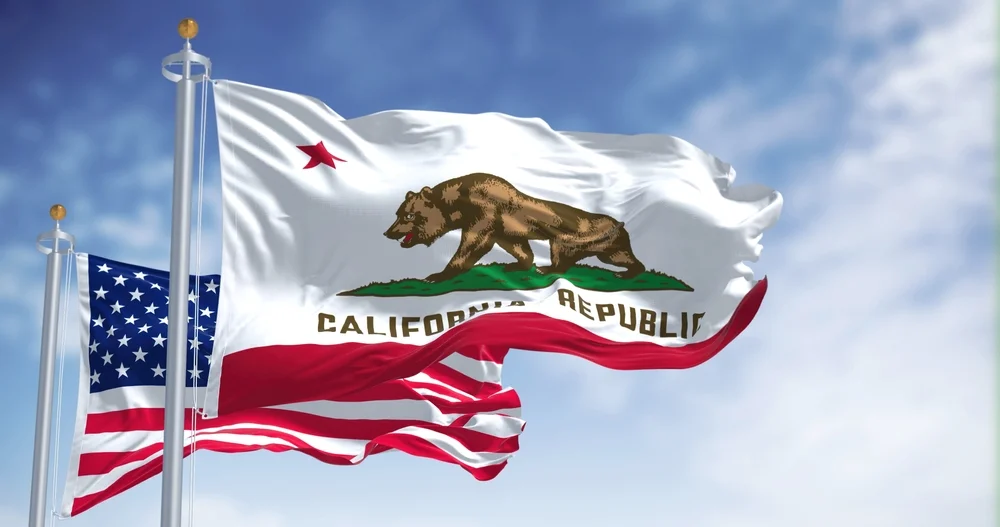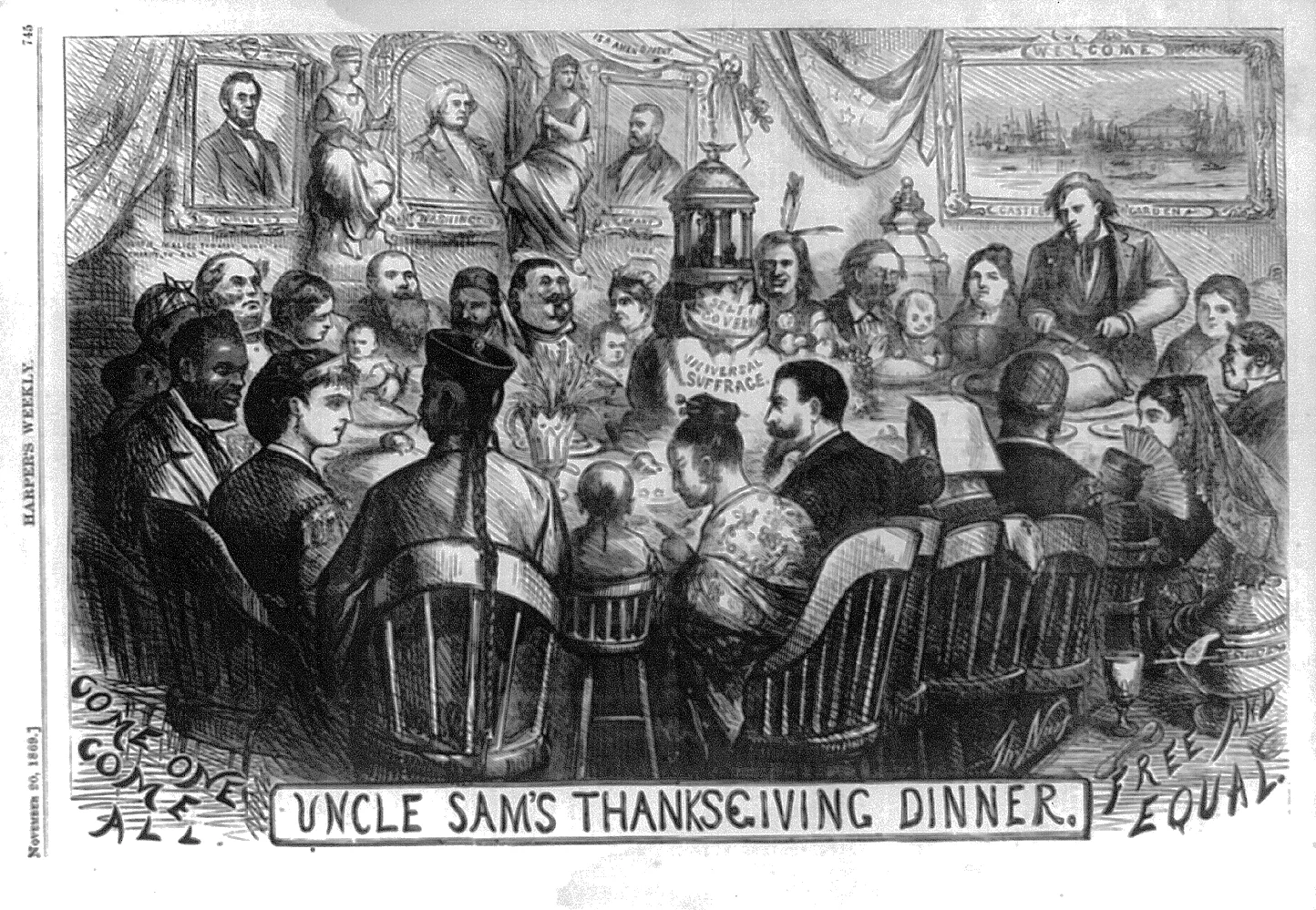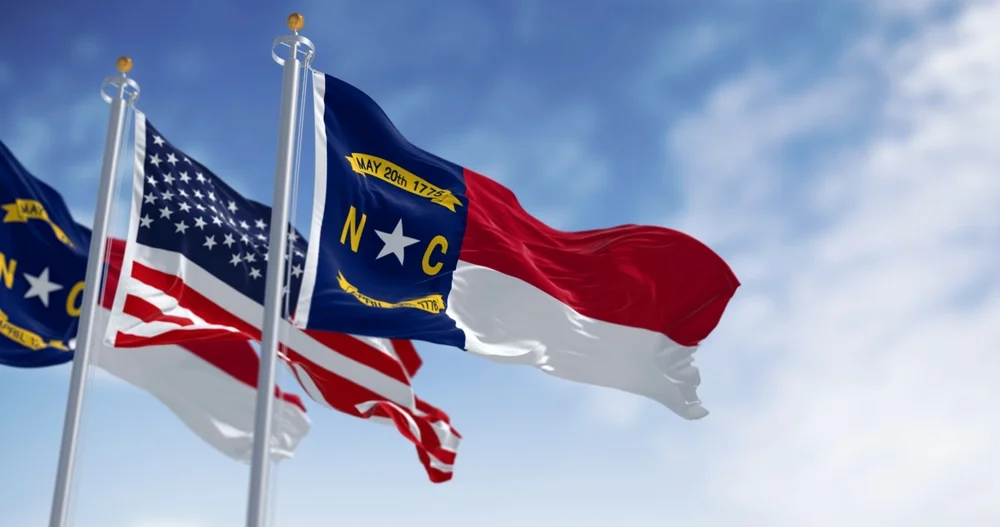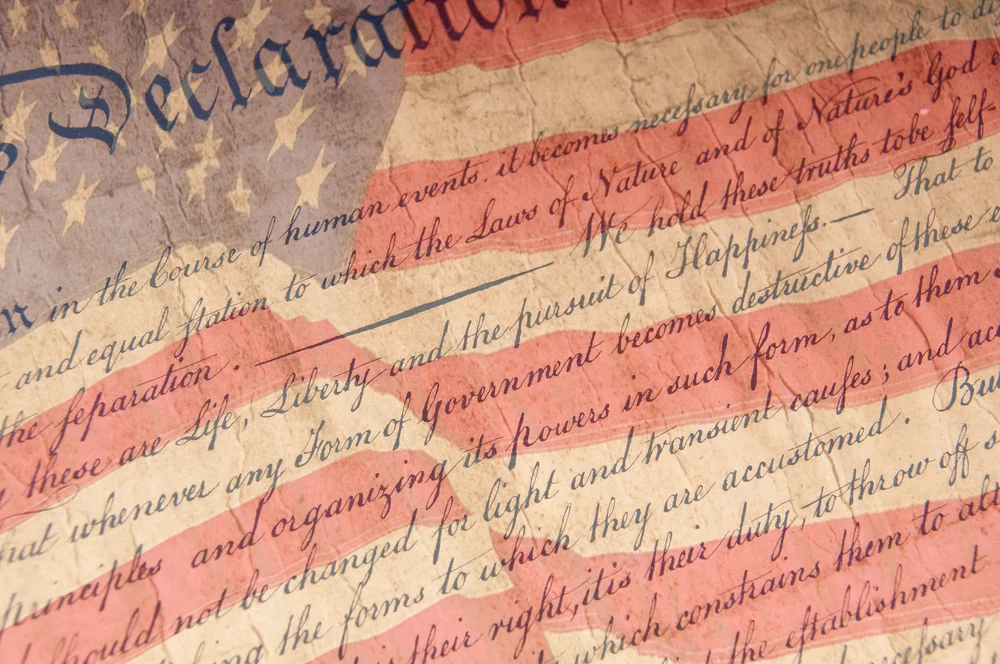
Is There Still a Republic?
Keeping the Republic is a spirited defense of the original American regime and might serve to educate future statesmen tasked with founding a new American republic.
In their book, Keeping the Republic, Dennis Hale and Marc Landy, both political scientists at Boston College, set out to explain and defend America’s constitutional government against a myriad of interlocutors. The book is structured around five chapters. After a substantial introduction in which the authors describe the emergence of “modern political science” in the works of Thomas Hobbes and John Locke, chapter one (“America as a Modern State”) thoroughly overviews the American political project as an intersection between the classical and medieval worlds and the emergence of the modern state. Chapters two and three tackle a slew of objections against the Constitution, providing helpful contexts and responses along the way. Chapter four discusses legitimate versus illegitimate reforms in the constitutional framework in an attempt to catalogue the ways in which we have strayed from our founding principles. In the final chapter, the authors discuss the nature of citizenship and how it relates to long-debated elements of American politics, such as liberty, justice, equality, security, and civic friendship.
This book has three major strengths. First, Hale and Landy describe well the American regime established by the founders. Their main thesis (which I think is correct) is that “the Constitution accepted modernity, but at the same time sought to discipline modernity to make it compatible with republican government and human nature.” Similar to an amalgam thesis of the origins of America’s founding, the authors point to three traditions that primarily influenced the founding: the ancient political science of Greece and Rome, Christianity, and the liberal politics of John Locke. What do they mean by modernity? In essence, the politics of Hobbes and Locke, the belief in human rights and equality (but not equity of outcomes) and a rejection of the fate of birth’s accidents, the size and scale of the modern state (i.e., an American Empire), the quest for material well-being and the rise in standards of living and human communications and mobility, the human diversity that a pluralist empire brings, and the growth of large militaries capable of inflicting mass extinction and the concomitant threat of the modern state as an impersonal tyrant. The authors nicely document and discuss these challenges.
Their distinction between majoritarian (i.e., direct democracy or a plebiscitary) and mitigated democracy, which seeks to discipline and channel popular sentiment, is salutary. I was especially intrigued and encouraged to see their nuanced take on the pre-modern elements of America: the founders’ belief in an unchanging and flawed human nature, the importance of the British heritage and the common law, and the founders’ emphasis on citizen virtue as a desideratum of republican government. Hale and Landy’s discussion of the national-state federal structure of the American Constitution was quite good, as well as the ways in which the founders sought to tame and channel the energy and potential of modern life.
Second, in chapters 2-3, Hale and Landy aptly tackle and respond to many criticisms, both in the past and today, that have been leveled against the Constitution. From the original Anti-federalist arguments to the anti-slavery critique, from modern progressivism to the New Left, from the endless accusations that the Constitution is anti-democratic to the polluting presence of parties, the authors provide ample historical context and justification according to the presuppositions and logic of the founders’ political thought. While none of these matters are addressed exhaustively, they are treated adequately and (for the most part) accurately.
The last strength of the book comes in the final chapter, where Hale and Landy discuss what it means for America to be a “regime” and the nature of American citizenship as a particular way of life. The authors are right to stress the provincial and local aspect of American identity: citizenship begins at the local level, with one’s state, and it is not so much a bundle of privileges and entitlements as it is a call to act—or, as the authors put it, “citizenship is an office, because the citizen is called upon to help govern.” Americans are not mere subjects of a king or serfs of a lord, but self-governing communities with agency and purpose.
However, this book is not without its weaknesses. First, Hale and Landy describe the breakdown of what they call the “legitimacy barrier.” This is the line “between the federal government and the states, or between governments in general and the private order.” Liberal politics in general has often maintained a distinction between the private and public spheres, or between culture and politics. This distinction comes out of state of nature theories associated with the social compact: men first existed in private life before the emergence of political government, the latter of which became necessary as life grew more complex and the need arose for a common arbiter to decide cases and controversies between warring factions. Thus, when men compact together to create government, they assign to the political sphere the role of protecting that which came before it—men’s natural rights and liberties, familial relations, civic associations, business dealings, and so forth. This, in turn, gives rise to the notion of limited government, in that the political is cordoned off to a public realm of operation and is thereby prohibited from invading private life.
Over many pages detailing the rise of progressive political science, FDR and the New Deal, LBJ and the Great Society, and today’s “shadow government” that operates under the auspices of the Washington bureaucracy, Hale and Landy describe how this public-private barrier has been breached, and how the national government has come to dominate the intricacies of citizens’ lives. While I do not disagree with their analysis in many parts, the problem is that the distinction between private and public is not the same as between federal and state. State governments were deeply intrusive in “private life,” by design of the founders within our federalist system. Hale and Landy would not deny this, for they speak eloquently and accurately of the federal system, noting that states maintained their police powers to regulate morals, religion, public education, business law, land use, public works, family and marriage law, protection of children, and much more.
This means that the “legitimacy barrier” is not one between private (culture) and public (politics), but between national and state: the national powers, by constitutional delegation, are constrained in their activity to the narrow ends (the “great and national objects” in the words of Madison) set forth in the Constitution, while the states are given far more leeway to govern their localities in all other areas of life. Thus—and while it isn't likely that Hale and Landy would disagree—the legitimacy barrier was broken by the advent of jurisprudential incorporation of the Bill of Rights via the Fourteenth Amendment to the states beginning with Gitlow v. New York (1925), as well as certain New Deal policies and later civil rights law beginning the 1960s.
The illegitimacy of these events was not that politics somehow jumped the shark and invaded the private or cultural spheres, but that the wrong government did so. This was the purview of the states, which the national powers have now commandeered through court decisions, agency regulations, and especially the lure of federal money through grant programs and the like. Would Hale and Landy be against state governments passing New Deal-like policies, or anti-discrimination civil rights law, or clean air and clean water regulations? A further discussion of what constitutes legitimate government in America is needed, which would allow the authors to circle back to the question of the ancient versus liberal elements in the founding. Perhaps America is liberal at the level of national governance, but ancient (or medieval) at the level of state governance. Is this federal system sensible and viable? Can it long endure? Does it still exist today?
Related to the legitimacy barrier, the second major weakness of the book is also one of its strengths. Hale and Landy spend a considerable amount of time discussing what they call the “constitutional grain.” Taking a metaphor from carpentry, the authors argue that what’s considered “constitutional government” need not be limited to the explicit words of the Constitution or mere procedure and precedent, but can include a larger vision of governance that adheres to the spirit (i.e., “grain”) of the Constitution and its political principles. This does not mean that “anything goes” if the ends of constitutional government are obtained; instead, the “constitutional grain” prioritizes deliberation, consensus, public participation, and the preservation of liberty, all without compromising stability, energy, and legitimacy in government. Hale and Landy do a commendable job in highlighting historically those laws and policies that hew within the constitutional grain (e.g., the creation of the Tennessee Valley Authority under FDR) versus those that did not (e.g., the National Industrial Recovery Act, also under FDR).
The problem is that Hale and Landy do not provide sufficient guidance on what is or is not considered part of the “constitutional grain.” A major question that arises is the following: Is the “constitutional grain” defined more by the structure and means of the Constitution (e.g., separation of powers, checks and balances, representation, independent judiciary, etc.) or by the ends of our constitutional order as outlined in the Preamble? Would it go against the constitutional grain for the President to nullify a Supreme Court decision if the Executive determines it infringes on proper Article II powers? Does our Constitution empower our representatives to rule for the salus populi of the people per the Preamble—especially in times of national emergency—or does the constitutional grain limit officers to fulfilling predefined roles whose functions are strictly delimited? These are the questions everyone is asking today, especially in light of the Biden Administration’s misgovernment and the efforts by President Trump to reverse course.
It is possible that Hale and Landy cannot precisely define the “constitutional grain” because it relates to the spirit of the Constitution, rather than its printed word. Thus, in one sense, the authors are pointing to the need for ancient statesmanship and the return of the classical virtue of prudence. This need is urgent, especially with the advent of mass society, the modern administrative state, and global governance. Yet this is also risky, for any political leader who attempts to repeal many unconstitutional aspects of the twentieth century will be viciously attacked by constitutional proceduralists (and originalists) who view the idea of a “constitutional grain” as a Pandora’s box for future abuses. This is exactly the situation in which President Trump finds himself, especially in dealing with the problem of mass illegal immigration and an imperial judicial branch that is ostensibly keeping the letter of the law even while, consequently, facilitating national decline.
This points to a final matter and question for the authors. The book is titled Keeping the Republic, and while their defense of the American founding and Constitution is admirable, it describes a series of events that have led to the loss of our republic today. Is there a republic still to keep? If not, then what? Can the republic be won again, or must we look to a refounding at some point in the future? If the latter, then Hale and Landy’s book, as a spirited defense of the original American regime, might serve to educate future statesmen tasked with founding a new American republic.
Ben R. Crenshaw, Ph.D. (candidate, Hillsdale College).
Constitutionalism
.webp)
Supreme Court Term Preview: Presidential Power in Two Dimensions
Aaron Nielson offers a roadmap to the Supreme Court’s upcoming tests of presidential power, from interbranch conflicts to internal executive control.
.webp)
Judge Oldham's Olson Lecture: Yet Another FedSoc Debate or an Existential Challenge?
Judge Andrew S. Oldham’s Olson lecture reminds us that what worked for the Federalist Society in 1985 may not work in 2025 — and almost certainly won’t in 2065.
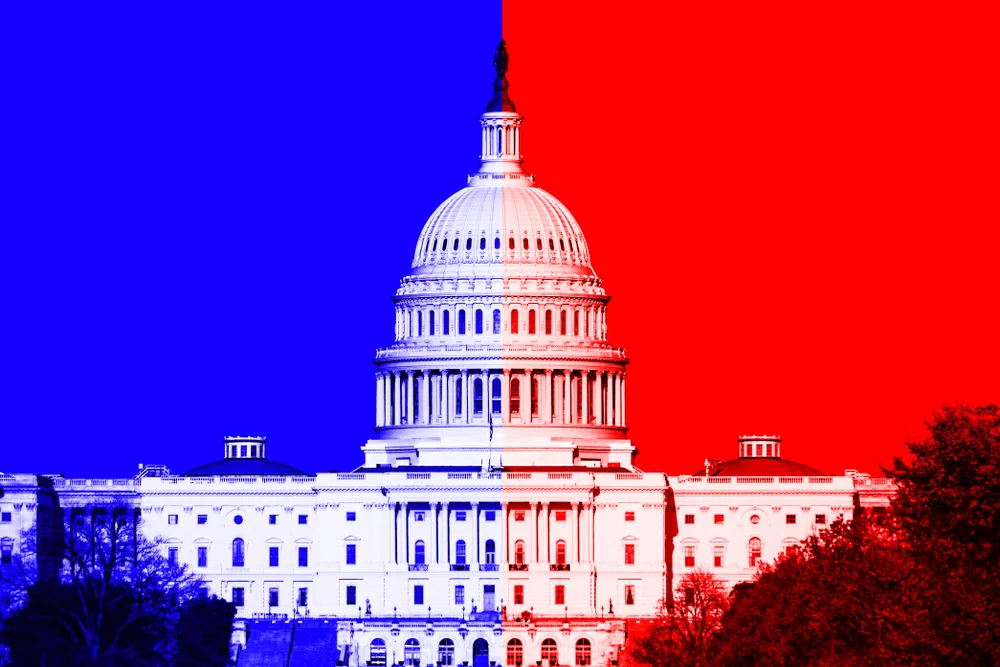
Ban the Filibuster — But Only for Continuing Budget Resolutions
Suspending the filibuster for continuing resolutions may have benefited Republicans this time, but the reform makes sense regardless of which party holds power.
Get the Civitas Outlook daily digest, plus new research and events.
Ideas for
Prosperity




.webp)
